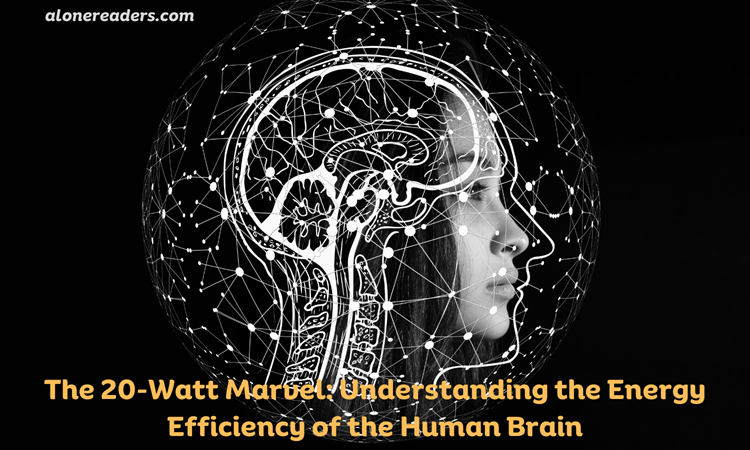
The human brain is a marvel of nature, a complex organ that orchestrates thought, memory, emotion, touch, motor skills, vision, breathing, temperature, and every process that regulates our body. What makes it even more astounding is the fact that this intricate powerhouse operates on approximately 20 watts of power. To put that into perspective, it's the energy consumption equivalent to a dim light bulb. This revelation offers a profound insight into the efficiency of the human brain compared to other energy systems, including the world's most advanced computers.
It's counterintuitive to think that the organ responsible for our most complex thoughts and sophisticated behaviors consumes less power than it takes to light a small room. The brain, which accounts for about 2% of an adult's body weight, uses around 20% of the body's energy. This energy is necessary for maintaining the electrical charges of neurons, the communication between billions of nerve cells, and the maintenance of the brain's infrastructure, including the creation of neurotransmitters.
Yet, the energy required to fuel these processes is minuscule when compared to artificial systems. Supercomputers, which can mimic some of the brain's processing capabilities, consume megawatts of power — millions of times more energy than the brain — to operate. The question then arises: How does the brain achieve such high efficiency?
The answer lies in the brain's unique ability to manage its energy use. Neurons, the basic working units of the brain, are phenomenally energy-efficient. They use energy only when they fire, which is an "on-demand" energy system, unlike many machines that constantly consume power regardless of demand. Additionally, the brain is thought to use a combination of digital and analog signaling, optimizing its energy use for different types of processing.
The structure of the brain also contributes to its efficiency. The short distance between neurons and the speed at which they communicate minimize the energy required for signal transmission. Furthermore, the myelin sheath, a layer that insulates the neuron's axons, speeds up the electrical impulses and reduces energy loss.
Glucose is the primary source of energy for the brain, providing the fuel for the electrical and chemical processes. The brain's metabolism is a tightly regulated process that ensures a constant supply of glucose and oxygen to neurons. This metabolic process is so finely tuned that despite the vast number of neurons firing at any given moment, the overall energy consumption remains remarkably low.
Interestingly, while the brain's energy consumption is relatively constant, it does not operate uniformly across all regions. Some areas are more active and thus consume more energy depending on the task at hand. For example, when engaging in a complex cognitive task, the prefrontal cortex is particularly active and uses more energy. This dynamic allocation of energy resources is another aspect of the brain's efficiency.
When we compare the brain's energy consumption with that of computers, the differences are stark. Modern computers, especially those that perform complex tasks involving artificial intelligence and machine learning, require significant amounts of power. The brain achieves similar, and often more complex, tasks with much less energy. This discrepancy highlights the gap in efficiency that current technology has yet to bridge.
Researchers in the field of neuromorphic engineering are trying to emulate the energy efficiency of the brain. By designing computer systems that mimic the neural structure of the human brain, scientists hope to create computers that are not only more powerful but also significantly more energy-efficient.
The understanding of the brain's energy efficiency has profound implications for the development of artificial intelligence. By studying how the brain operates, we can gain insights into creating more efficient algorithms and computing architectures. There is also the potential for this knowledge to inform the development of new ways to power other organs and devices, leading to innovations in medical technology and beyond.
The human brain, with its ability to operate on approximately 20 watts of power, is a testament to the extraordinary capabilities of biological systems. Its energy efficiency is unparalleled in the natural world and serves as an inspiration for the development of more efficient artificial systems. As we continue to unravel the mysteries of the brain, we edge closer to creating technologies that can match the sophistication and sustainability of our own neural networks.
The ongoing study of the brain's energy dynamics not only broadens our understanding of human biology but also propels us toward a future where technology and biology converge ever more closely. The dim light bulb that symbolizes the brain's energy consumption is a beacon of inspiration, illuminating the path toward technological advancements that could revolutionize the way we think about energy, efficiency, and the essence of human cognition.